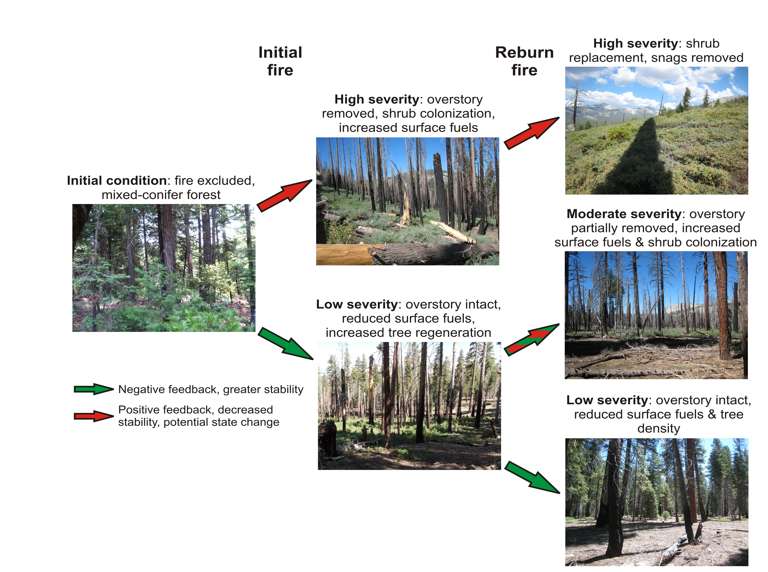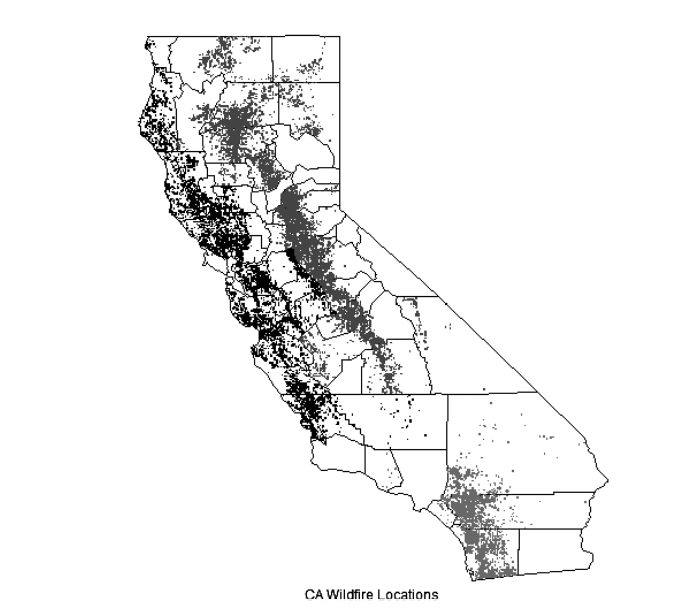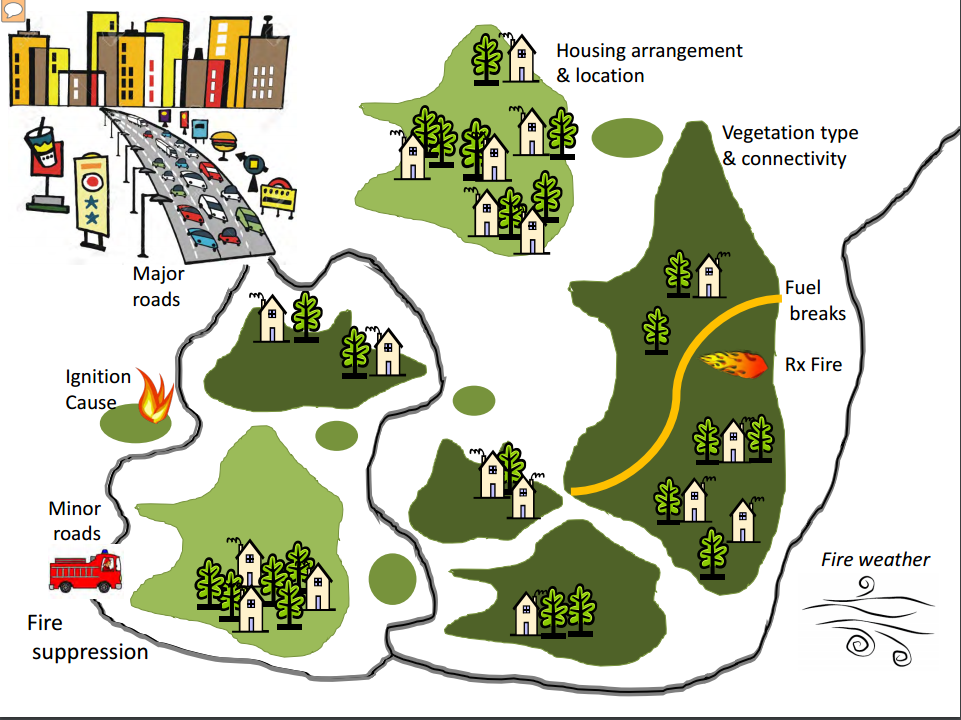Strategic Land Purchases for Private Land Conservation to Reduce Fire Risk: Research Briefs
/In Southern California, fuel treatment strategies often put fire risk reduction and biodiversity conservation goals at odds with each other. In response to this conflict, two of our briefs (Syphard et al. 2016; Butsic et al. 2016) explore a novel new approach.
Read More

















